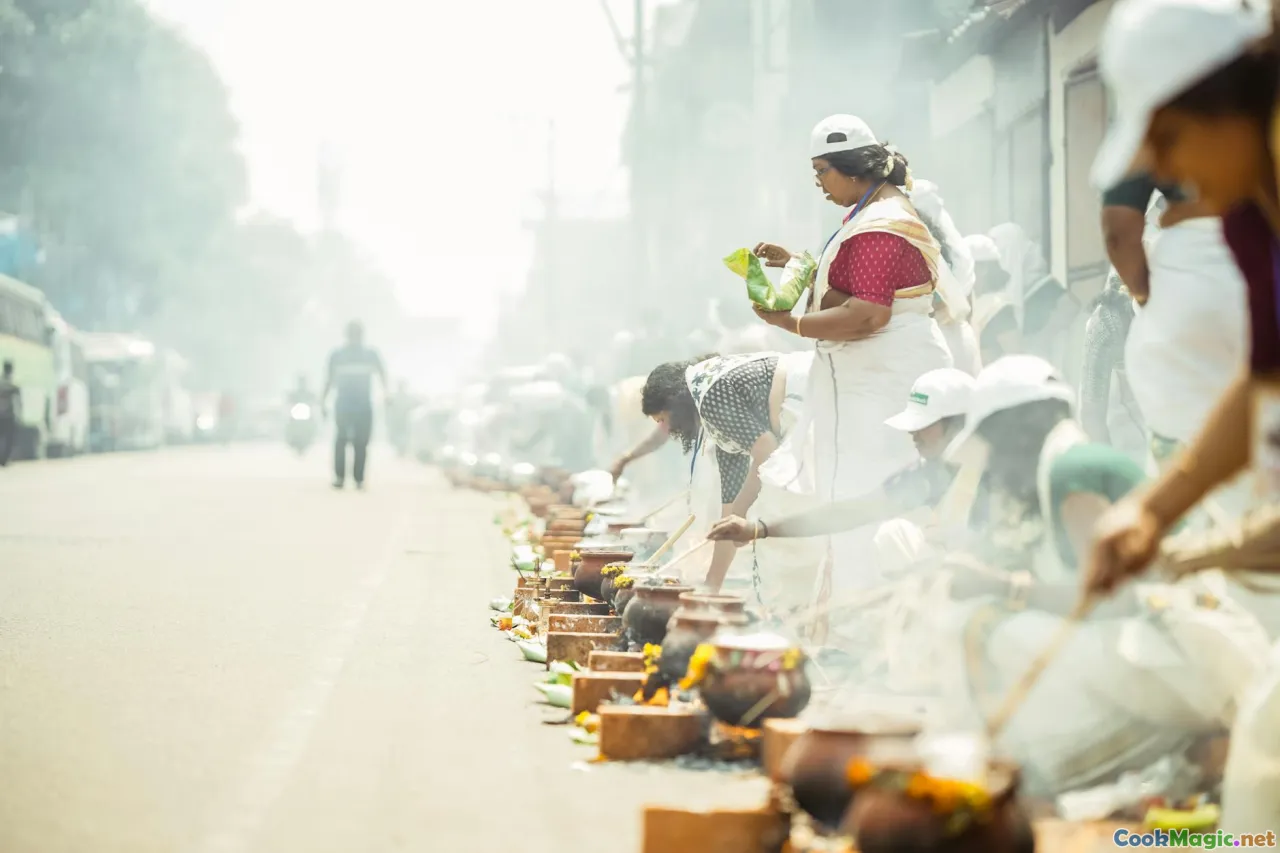How Local Street Eats Reflect Community Identity
7 min read Explore how vibrant street food scenes embody community identity, cultural roots, and local stories through flavors, traditions, and social exchange. April 29, 2025 04:55
How Local Street Eats Reflect Community Identity
Imagine strolling through a bustling city alley, where the air is thick with the tantalizing aroma of spices, sizzling meats, and sweet pastries. Each stall, each vendor, tells a story—a narrative woven into the fabric of the community. Street food is more than just quick bites; it is a living, breathing reflection of a community’s history, culture, and social fabric.
The Heartbeat of Communities: An Introduction
Street food is often described as the soul of local culture. It’s where tradition meets innovation, where generations gather and share stories over steaming bowls or skewers. These culinary treasures, hidden in plain sight, serve as authentic expressions of identity—embodying the unique flavors, practices, and values of their neighborhoods.
A Personal Encounter: The Power of the First Bite
I remember my first encounter with a street vendor in Bangkok, where the aroma of Pad Thai mingled with the sound of chatter and the clatter of woks. That moment wasn’t just about taste; it was about connection. The vendor, with a weathered smile, shared how her family’s recipe had been passed down for generations, rooted in the rice paddies and markets of rural Thailand. It struck me that each dish carried a piece of her story, her community’s history, and its aspirations.
Cultural Significance of Street Food
A Mirror of History and Migration
Street foods often originate from historical trade routes, migration patterns, and local innovations. For example, the crepes of Brittany, France, reflect centuries of regional farming practices, while the diverse taco traditions in Mexico reveal layers of indigenous and Spanish influences.
In many contexts, street food acts as a culinary passport—offering a glimpse into the community’s collective memory. It embodies stories of resilience, adaptation, and cultural exchange.
Preserving Heritage in a Fast-Paced World
In rapidly modernizing cities, street vendors serve as custodians of tradition. They keep alive recipes and techniques that might otherwise fade away in the face of globalization. For instance, the samosas of Mumbai are not just snack; they are symbols of Indian culinary resilience, crafted with regional spices and stories of local farmers.
Social Fabric and Community Bonds
A Gathering Place
Street food markets are communal hubs where social ties are forged and reinforced. They offer spaces for everyday interactions—families celebrating festivals, friends sharing laughter, elders reminiscing over familiar flavors.
Economic and Cultural Empowerment
For many vendors, street food is a livelihood that sustains their families and communities. It often provides opportunities for marginalized groups to participate in the local economy while preserving cultural practices.
Stories in Every Dish
Every vendor has a story—about their ancestors, their neighborhood, or their personal journey. Sharing food becomes a way of sharing identity, pride, and belonging.
Sensory Experiences: Tasting Community
Flavors that Speak Volumes
The taste of street food is an immersive experience. The fiery heat of Sichuan peppers, the smoky aroma of Brazilian churrasco, or the sweet, fragrant baklava of Istanbul—all evoke feelings tied to place and history.
Visual and Textural Delight
Vivid colors—bright yellow turmeric, emerald green herbs, deep red chilies—create visual narratives. The textures—crisp, tender, chewy—mirror the diversity and richness of community life.
Personal Reflections and Hidden Gems
During my travels, I’ve sought out these lesser-known street food spots—tiny stalls tucked away in alleyways or markets—where the true essence of community shines through. These hidden gems often escape tourist maps but are cherished by locals, embodying authentic flavors and stories.
One such example is a humble taco stand in a Mexico City neighborhood, where recipes are lived-in traditions, and each bite offers a taste of local resilience amidst urban chaos.
How to Discover Your Local Culinary Community
Engage with Vendors
Strike up conversations—learn about their recipes, the history behind their dishes. Often, they’re eager to share stories and preserve their heritage.
Explore Markets and Festivals
Attend local markets, food festivals, and cultural events. These gatherings celebrate community identity through shared culinary experiences.
Support Local Artisans
Choose vendors and small businesses that prioritize tradition and quality. Your support helps sustain these cultural expressions.
Conclusion: Food as a Living Heritage
Street food is more than nourishment; it’s a dynamic reflection of community identity. It captures stories, preserves traditions, and fosters social bonds. Whether in the vibrant streets of Bangkok, the bustling markets of Marrakech, or the quiet alleyways of a small town, these culinary expressions remind us that food is a powerful language—one that speaks of belonging, history, and hope.
Next time you indulge in a street-side snack, remember—you’re partaking in a story that’s been unfolding for generations, a delicious testament to the community’s soul.









